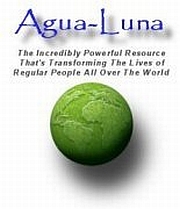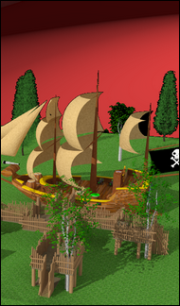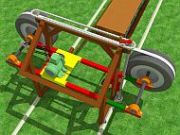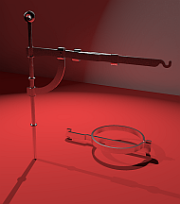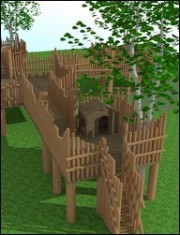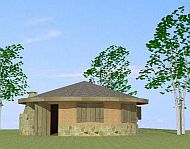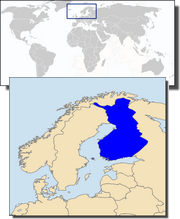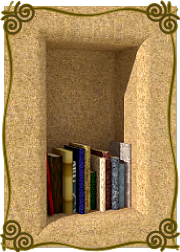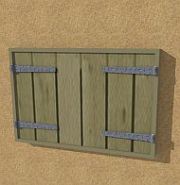Filed under: In English | Tags: birch, furniture factory, gluing, glulam, IKEA, kiln & dry, knock-down furniture, planing, producing furniture, transportation
The industrial process of producing furniture – Ecology – Part IV (of VI)

The logs are tranported to the saw-mill and the boards to the kiln and dry-facilities.
Here you can see how the logs are processed within a modern saw-mill:
http://www.lumberbasics.org/02lbrman/01.htm
The boards are then transported to a kiln & dry-facility.

The boards are dried in the kiln & dry-facilities and delivered to the glulam-factory.
There the boards are dried in a chamber equipped with fans which circulate the humid air and the chamber has a temperature between 40 – 70 degrees Celsius.
The process takes about 2 weeks for coniferous wood and 3 weeks for hardwood. The process is very energy-intensive.
From the kiln-and-dry the boards go to the glulam-factory.

When the boards have arrived into the glulam factory, they are planed, sawn into stripes, cut away the unwanted knots and miscoloured parts, cut to lengths according to standards, sorted again, glued into large sheets, sanded, packed again according to sorts and standards, transported to different furniture factories.
In the glulam factory, the boards are sawn into stripes and planed into measures.
After that they are cut to lengths – while removing the unwanted knots, miscoloured parts etc..
During this process the pieces are also sorted according to different standards.
After that the length- and quality-sorted components are sorted according to texture, grain and colour, which differs, depending on in what kind of soil the tree has grown, how it is sawn, radially or tangentially.
Also the angle of the originally sawn board in relation to the annual rings of the log, the irregular growth of the tree affects how the wood reflects light.
All this is done because the surface of the furniture should not give the zebra-stripe-look in the finnished product. The work of sorting has to be done by the human eye, in order to decide what are the beauty, harmony and art aspects in the final furniture.
Believe me, when you work with birch, the description above has only scratched the surface on how to create beautiful and artistic furniture.
The glulam sheets are then taken further to a furniture factory…

The glulam sheets are processed in the furniture factory into ready or knock-down furniture.
… where they are processed further; sawn to measure, drilled and shaped, varnished and packed.

Finally the furniture arrive to the warehouse, from where it is distributed to the shops.
The whole process seem to be complicated, and it is, but nowadays it really is so, that one manufacturer has one segment that he specialize himself.
Earlier the process was more like “from the forest to a ready product” at one single large factory, but as one furniture factory can produce tens of thousands of pieces of the exact same table, it is not interested in any other raw-material than what it needs for that table as legs. It is not interested in sorting out material of other dimensions, nor selling material cannot utilize and so on.
There are even factories which have only one automatic line for one purpose only. As an example can be mentioned a factory which only lacquers table-legs, with a capacity of 25.000 legs per day.
The point here is that all cards are dealt once more, as soon as the price of the fossil energy goes up. The winners in that situation will be those factories that are near each other. This is because there is so much transportation involved in the process of delivering a product from the forest to the consumer.

A typical factory-made furniture of IKEA. The natural birch is almost white, but as it has so many shades of colour, the factories shades the varnish toward brown.
An example:
The most successful company, IKEA, makes quite nice birch furniture. The birch comes mainly from Russia.*All* their birch-products are made in China. After that they are transported to different parts of the world.
Next time, when you see a birch table from IKEA, you will see the price, but hopefully also the amount of non-renewable fossil energy used in its production.

"I am Tarzan - You are logging my trees?!!!"
Our beautiful friend has issues:
“And you call those pathetic squares glued together… Design?
Look at nature, the most beautiful thing ever… where do you see squares?
Hmm!?
Nature has round forms and it is beautiful, do not try to mess around with it!!
You hear me?!!
I asked; Do you hear me? You.., you..”
OK, you can take a tree here and there, but be careful. Be very careful – or else…”
______________________________________
To be continued…
Share this post!





